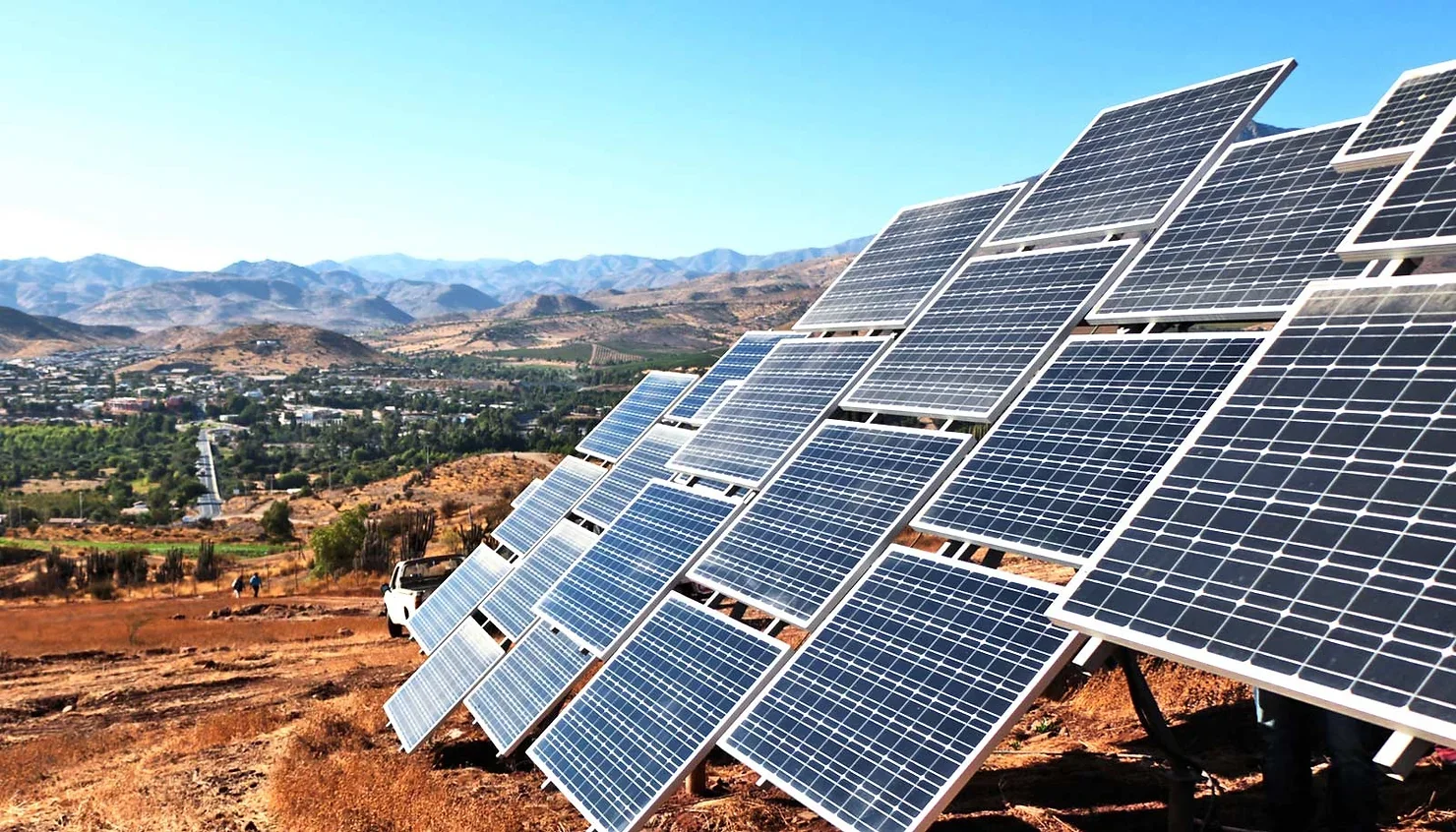Researchers at Martin Luther University Halle-Wittenberg (MLU) have discovered a new method to increase the efficiency of solar cells by a factor of 1,000. The team of scientists achieved this breakthrough by creating crystalline layers of barium titanate, strontium titanate, and calcium titanate, which were alternately placed on top of one another in a lattice structure.
Their findings, which could revolutionize the solar energy industry, were recently published in the journal Science Advances.



There’s lots of people who are pointing out that 1000x better might be misleading, which is certainly true here, but let me be a little more exact and explain things briefly (nb I’m a prof of Materials chemistry and am involved in PV research, although it’s not my main focus). Firstly, this research does not give the efficiency which is usually the headline number*. Mainly because most of their measurement aren’t using sunlight but a laser. Here they see it does interact with light to give electricity and they show the response is 1000x higher current for their new layered materials versus the unlayered type. However, as others have pointed 1000x a low number isn’t great. The highest measured current** is 0.5 mA/cm2 although they actually do proper sunlight measurements (under 1.5 suns, which is a common way to measure this) and get 0.035 mA/cm2. This is something we can compare to commercial solar cells and it’s almost exactly 100x lower than a commercial silicon solar cell (35 mA/cm2).
Obviously there’s a lot more detail and nuance here I’m skipping over but (i) don’t expect this to change the world in the near future and (ii) its a new material approach which is cool scientifically and while the uninformed media is hyping it, the scientists in the paper were perfectly reasonable.
If you have any other questions, I’ll try to reply ASAP.
*RE efficiencies normal silicon ones are normally around 15%, good perovskite next-gem ones are a bit above 20%, and there’s a hard physical limit of 33% for a perfect single solar cell
**They use uA/cm2 because their numbers are low. I’ve converted to the more common mA/cm2. These data are in Fig 3c and Fig3d. I’d recommend you have a look yourself as there’s no paywall. https://www.science.org/doi/10.1126/sciadv.abe4206
Thanks for the details! That helps to make sense of it.
Unfortunately the most common problem of science reporting. And that goes to positive and negative hype.
Thank you for debunking, it’s much appreciated!